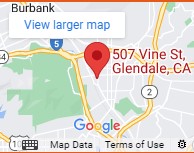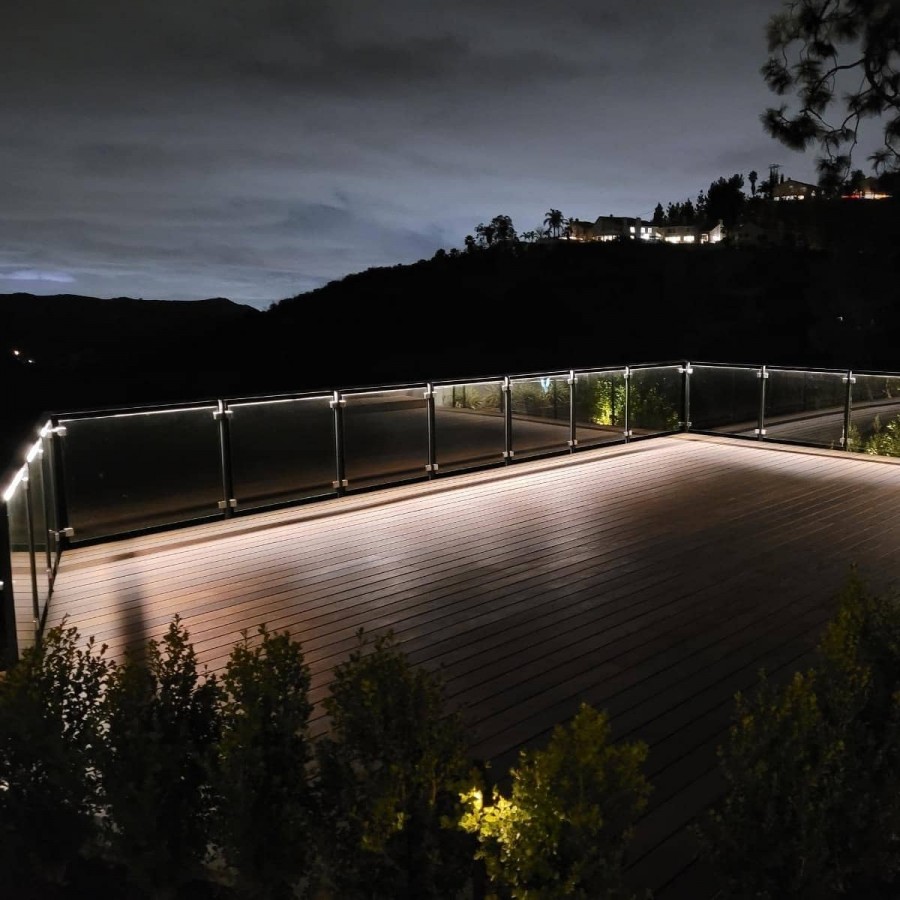REDEEM NOW:+1 (844) 482-8453
BuildCal Turf Projects
Our premium artificial turf product mimics natural grass more than any other product available on the market today. Not only does our turf resemble the look of real grass
Frequently Asked Question
WE WANT A LOT DONE, BUT CANNOT AFFORD TO DO IT ALL NOW. CAN YOU STILL WORK WITH US?
Yes – it is not uncommon to do a project in phases, especially when there are such constraints as budget and time. Because we draw up our own plans, we can design a project to be installed in phases. Once the complete plan is established, the property owner can easily pick and choose which parts to be completed now and in the future.












